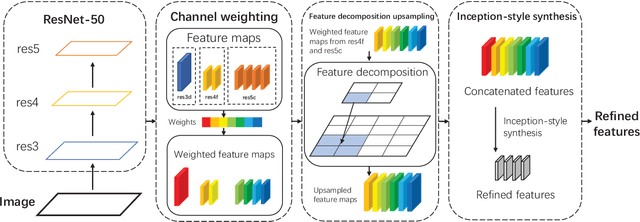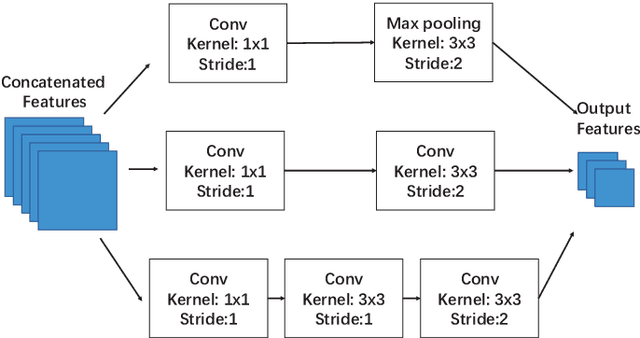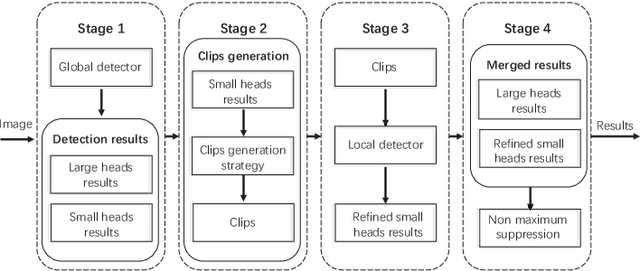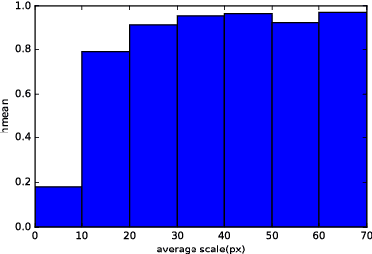Zikai Sun
Empowering Networks With Scale and Rotation Equivariance Using A Similarity Convolution
Mar 01, 2023



Abstract:The translational equivariant nature of Convolutional Neural Networks (CNNs) is a reason for its great success in computer vision. However, networks do not enjoy more general equivariance properties such as rotation or scaling, ultimately limiting their generalization performance. To address this limitation, we devise a method that endows CNNs with simultaneous equivariance with respect to translation, rotation, and scaling. Our approach defines a convolution-like operation and ensures equivariance based on our proposed scalable Fourier-Argand representation. The method maintains similar efficiency as a traditional network and hardly introduces any additional learnable parameters, since it does not face the computational issue that often occurs in group-convolution operators. We validate the efficacy of our approach in the image classification task, demonstrating its robustness and the generalization ability to both scaled and rotated inputs.
Detecting Heads using Feature Refine Net and Cascaded Multi-Scale Architecture
Oct 22, 2018



Abstract:This paper presents a method that can accurately detect heads especially small heads under the indoor scene. To achieve this, we propose a novel method, Feature Refine Net (FRN), and a cascaded multi-scale architecture. FRN exploits the multi-scale hierarchical features created by deep convolutional neural networks. The proposed channel weighting method enables FRN to make use of features alternatively and effectively. To improve the performance of small head detection, we propose a cascaded multi-scale architecture which has two detectors. One called global detector is responsible for detecting large objects and acquiring the global distribution information. The other called local detector is designed for small objects detection and makes use of the information provided by global detector. Due to the lack of head detection datasets, we have collected and labeled a new large dataset named SCUT-HEAD which includes 4405 images with 111251 heads annotated. Experiments show that our method has achieved state-of-the-art performance on SCUT-HEAD.
 Add to Chrome
Add to Chrome Add to Firefox
Add to Firefox Add to Edge
Add to Edge